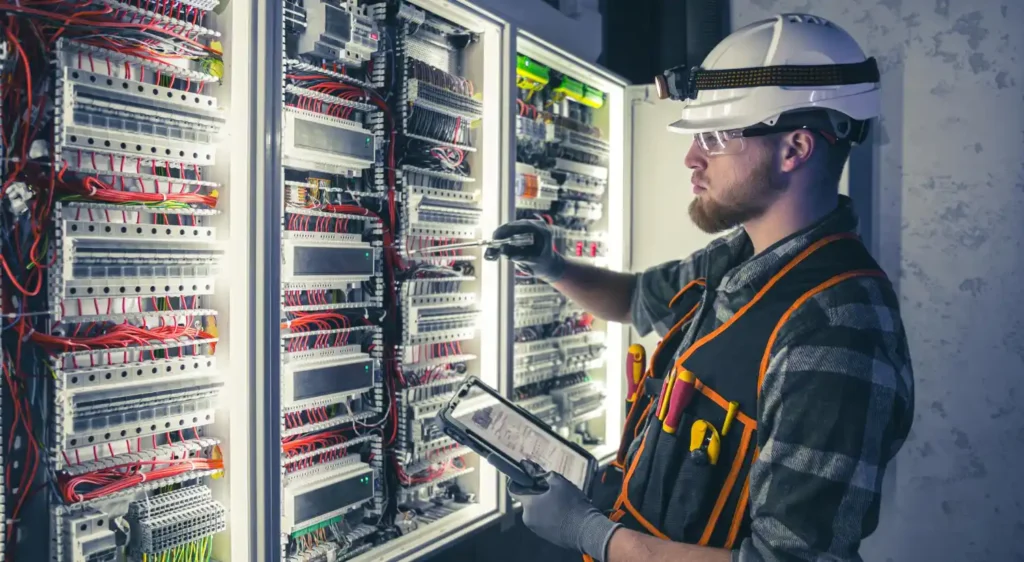Local Energy Markets (LEMs) are emerging as a potential solution to coordinate an increasingly complex decentralised energy system. They serve as instruments to coordinate the generation, supply, storage, transport, and consumption of energy from decentralised energy resources within a confined geographical area.
Key considerations for all local energy market projects, include:
- Interoperability with future distribution and/or electricity system operator platforms and other markets
- Consumer protection mechanisms within novel LEM arrangements
- Managing conflicts in market demands and signals in the context of multiple potential purchasers of energy and flexibility services in future.
The review, which focuses on electricity networks and markets in the UK, aims to help stakeholders interested in developing and participating in local energy markets understand how the policy and regulatory future might evolve, and outlines the opportunities and challenges that they may need to navigate.
The document has been delivered by the Catapult’s Markets, Policy and Regulation team. It was commissioned by the Energy Revolution Integration Service (ERIS) programme to support projects in the £102.5m Prospering from the Energy Revolution (PFER) Challenge, which focuses on supporting the accelerated development and sustained success of smart local energy systems.
The review provides a summary of existing electricity sector arrangements and how they function to support and constrain the use of distributed energy sources, as well as outlining medium-term policy and regulatory changes expected to take place across electricity networks and markets.
Eva Gromadzki, director of the Prospering from the Energy Revolution’s Energy Revolution Integration Service (ERIS), said: “Ongoing demonstration and design projects have the potential for profound impacts on local energy markets. The challenge and the opportunity is to develop these trials with an eye on wide, simultaneous sector changes.
“With reforms in network charging arrangements, market settlement and retail supply, and continuous changes in the way the electricity system is operated, it is key for stakeholders entering the local energy market space to consider how to future-proof projects and design them in a way that allows successful integration in the wider system.
“This review goes a long way in highlighting how the policy and regulatory future might evolve, as well as outlining the potential risks and benefits.”
In the UK today, LEM concepts are still in initial stages of development and vary greatly in their design and functionality, including the attribute being traded, the market participants involved and the role they play. The value of different arrangements is also yet to be tested and evaluated.
In the context of these wider system developments, further considerations that should be considered by all local energy market projects, include:
- Cyber security, data privacy and data protection risk mitigation and management
- Balancing and settlement processes within LEMs and how the LEMs would interact with system-wide processes and requirements
- Revenue stacking opportunities and potential for LEM participants to access multiple revenue streams, including outside the individual local energy market
- Impacts of future network charges and access arrangements on price signals for consumers and how they will interact will LEM design and decisions for asset owners
- Serving as point of contact to customers and potential future access for multiple supplier to a single user
- Impact of existing and future renewable energy incentives on LEM market liquidity and participation
- Impacts of smart meter roll-out, flexible energy tariffs and future data access and communication requirements
A copy of the full review can be downloaded here.

